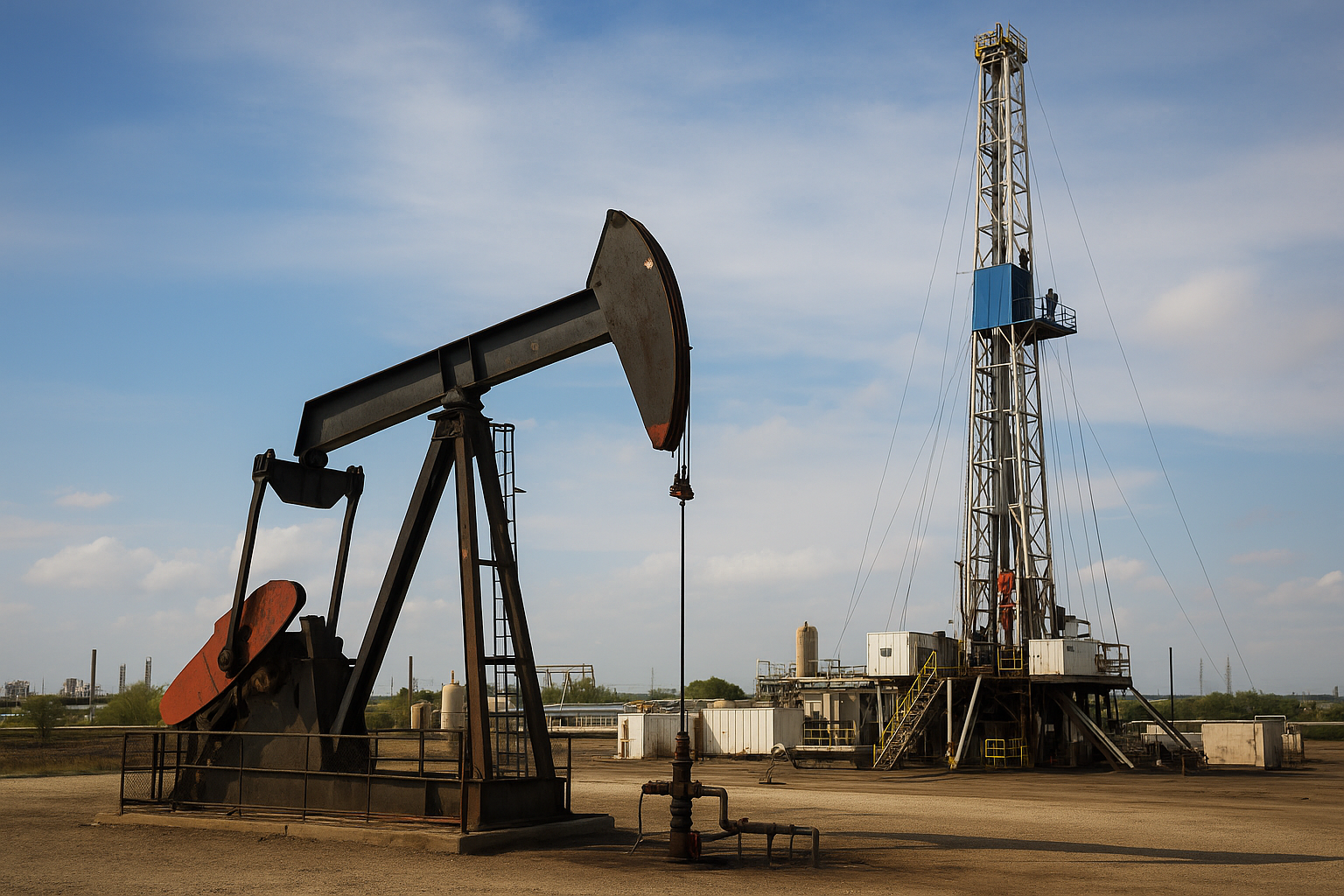Oil and gas sector accelerates digital shift with AI-driven maintenance and drilling
AI has become indispensable in multiple high-value areas of oil and gas operations. Real-time data analytics powered by machine learning and neural networks now inform decisions in production management, drilling efficiency, and anomaly detection. In particular, AI models are optimizing production systems through the dynamic analysis of sensor data, reducing downtime and extending equipment life cycles.

Artificial intelligence (AI) is becoming a critical strategic asset for the oil and gas industry. From predictive maintenance to seismic imaging, AI is enabling faster, safer, and more sustainable decision-making in one of the most complex sectors of the global economy.
In a comprehensive 2025 study, researchers detail how AI is already reshaping upstream and midstream operations across the petroleum value chain. Their findings, published in Applied Sciences under the title “Artificial Intelligence in the Oil and Gas Industry: Applications, Challenges, and Future Directions,” combine bibliometric analytics with domain-specific review to identify emerging trends and unresolved bottlenecks in AI adoption.
The researchers analysed over 11,000 academic articles indexed in Scopus and industry-specific literature from OnePetro, emphasizing real-world applications of AI in production optimization, drilling, predictive maintenance, and safety systems. Their review reflects a growing imperative to modernize legacy infrastructure, improve energy efficiency, and deploy data-driven systems to navigate environmental, operational, and economic volatility.
Where is AI driving the biggest impact in oil and gas operations?
According to the study, AI has become indispensable in multiple high-value areas of oil and gas operations. Real-time data analytics powered by machine learning and neural networks now inform decisions in production management, drilling efficiency, and anomaly detection. In particular, AI models are optimizing production systems through the dynamic analysis of sensor data, reducing downtime and extending equipment life cycles.
Predictive maintenance has emerged as a core AI application, enabling operators to forecast equipment failures, schedule interventions proactively, and avoid unplanned outages. The study highlights the extensive use of deep learning techniques to monitor subsurface conditions, control drilling trajectories, and prevent formation damage. Additionally, AI is enhancing seismic data interpretation and reservoir modeling, offering new insights into hydrocarbon potential and reducing exploration risks.
Other transformative applications include hydrate formation detection, pipeline flow optimization, and environmental risk forecasting. Natural language processing (NLP) is also being used to extract technical knowledge from unstructured text data, helping engineers accelerate diagnostics and system design. These innovations are making extraction more efficient, safer, and better aligned with sustainability goals.
The study shows that academic and industrial interest in AI applications for oil and gas has grown by an average of 15% annually between 2015 and 2024, underscoring the strategic role of digital transformation in one of the world’s most capital-intensive sectors.
What challenges are slowing AI deployment in the petroleum sector?
The researchers identify several persistent obstacles to widespread AI integration. Chief among them is the lack of access to high-quality, real-time data. Many legacy systems in oilfields are not equipped to produce the structured, standardized data that AI models require. This data bottleneck compromises model performance and limits the scalability of intelligent systems across operational contexts.
Another major barrier is the disconnect between AI developers and petroleum engineers. The study notes a shortage of cross-disciplinary professionals who can translate field conditions into machine-readable formats and vice versa. This talent gap leads to difficulties in validating AI recommendations, especially in mission-critical systems where interpretability and safety are paramount.
Infrastructure compatibility is also a major concern. Existing control systems and supervisory architecture often lack the flexibility to accommodate AI-based automation tools. Integrating these technologies frequently requires system-wide retrofits or modular upgrades, which can be both costly and time-consuming. Cybersecurity risks compound the problem, as automation increases exposure to digital vulnerabilities that could disrupt production or endanger lives.
Moreover, the lack of regulatory guidance on AI validation and liability has led to cautious adoption, particularly in safety-sensitive operations. Companies remain hesitant to delegate high-stakes decisions to black-box algorithms without robust audit trails or explainable AI (XAI) frameworks in place.
What strategic shifts are required for AI to scale across the industry?
To realize AI’s full potential, the study recommends a multipronged strategy that includes technical, educational, and policy reforms. First, investment in data infrastructure is critical. This includes deploying IoT sensors, improving data labeling practices, and fostering interoperable standards to ensure consistent, clean inputs for AI models.
Second, the study calls for a transformation in professional training. Interdisciplinary curricula that merge petroleum engineering with data science, machine learning, and systems thinking must be prioritized to cultivate a new generation of hybrid professionals. These individuals would be equipped to both build and evaluate AI solutions within the unique constraints of oil and gas operations.
Third, the researchers emphasize the need for explainable AI tools that can generate transparent, traceable outputs. As AI systems take on more decision-making authority, they must be able to justify recommendations in formats understandable to engineers, auditors, and regulators.
The study advocates for clear regulatory frameworks that legitimize AI-driven decisions while establishing accountability boundaries. Governments and industry consortia must work together to define performance benchmarks, certification standards, and safety thresholds for autonomous systems in high-risk environments.
The authors propose a forward-looking research agenda that explores hybrid models combining expert systems with machine learning, geoscientific AI applications, and predictive modeling for emissions and environmental compliance.
- FIRST PUBLISHED IN:
- Devdiscourse










